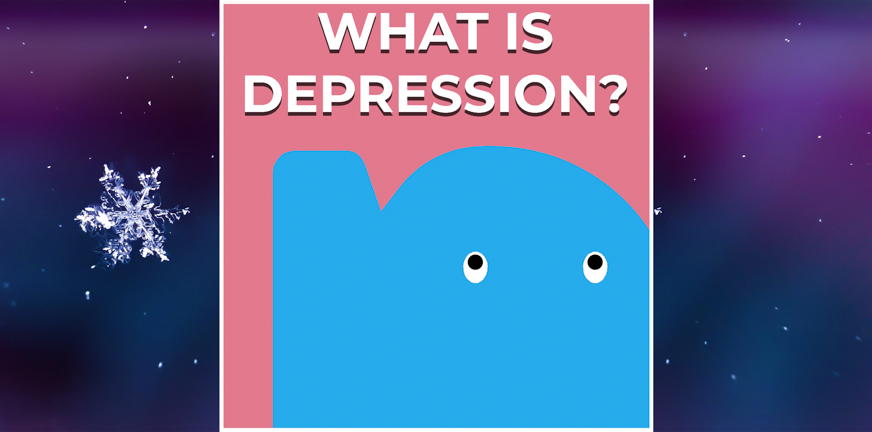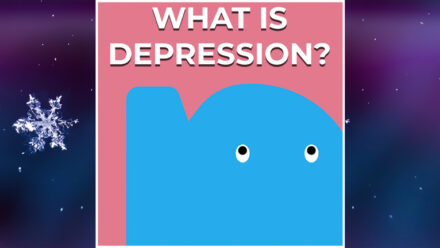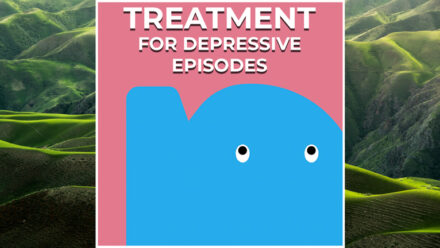
In theory, anyone can get depressed, although some people more quickly than others. During a depressive episode, people struggle with a combination of sadness, low energy, less motivation and interests, and feelings of worthlessness.
Depression happens to many kinds of people, regardless of age, education, ethnic background or other factors. Yet there are more reports of depression among females than among males. In the European countries, about five percent of all people show a mix of symptoms that fits the diagnosis of depression. And a much higher percentage of people go through a depressive episode at least once in their life (over 15%).
Depression often ends, but not always by itself
About half of all people who get depressed, recover within three months. A smaller part, about one in five, keeps struggling with it for years.
Severity, duration and frequency of depression
Depressive episodes vary widely in seriousness and impact. A mild depression means there are several depressive symptoms, yet people can still function without (much) help. Depressions also vary in duration and frequency. With about half of people, the depression lasts no longer than three months. With 15 to 20 percent of patients, the depressive episodes are permanent or last over multiple years.
Some people suffer from only one depressive episode in their life, but more often, the episodes come back. The chance of repetition is 50 to 80 percent, and higher when the number of episodes increases. Therefore treatment of depression is focused more and more on preventing a relapse.
Context of depressive episodes
Depressive symptoms can be seasonal, such as the well-known periods of autumn or winter blues. After pregnancy, women can get struck by a postpartum depression. When you are really sad, you the world around you looks different to you, sometimes even so much that psychotic symptoms occur, such as delusions and hallucinations.
With bipolar (or manic depressive) vulnerability, the person has both episodes of depression and of the opposite: mania. These opposite moods change turns over time, swinging from one extreme to the other. Most depressive episodes also come with feelings of fear and panic: anxiety issues are the ‘twin brother’ of being vulnerable to depression. Both should be viewed in combination. Addiction and depression also appear in combination quite a lot, with one thing making the other worse.




